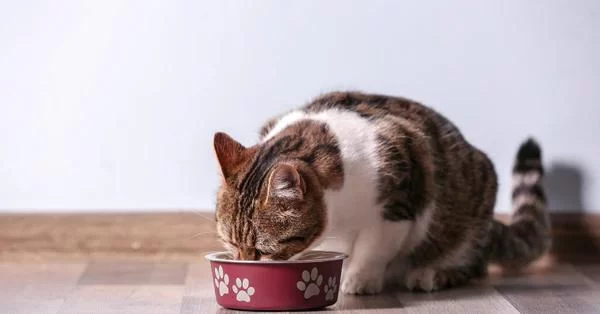- Can Cats Eat Rice?
- The Nutritional Value of Rice for Cats
- How to Feed Rice to Cats Safely
- Common Concerns About Feeding Cats Rice
- Recommendations for Cats' Diet
Can Cats Eat Rice?
Many cat owners wonder, “Can cats eat rice?” The answer is yes, but it’s important to know how rice fits into a cat’s diet. Rice can be safe for cats in small amounts, but it should not be the primary component of their meals. Cats are obligate carnivores, meaning their diet should mostly consist of meat, which provides them with the necessary nutrients for optimal health. However, rice can be a helpful addition in certain situations.
Rice is commonly used as a filler in cat food, especially in commercial dry foods, as it’s easy to digest and provides carbohydrates. But, like any ingredient, it should be used in moderation. Overfeeding rice or feeding it too frequently may lead to digestive issues or unwanted weight gain in cats.
The Nutritional Value of Rice for Cats
Rice is a source of carbohydrates, fiber, and a small amount of protein. While cats don’t require carbohydrates in the same way humans or omnivores do, small amounts of rice can provide additional fiber, which may help support digestive health. Additionally, rice can be useful in cases where a cat is recovering from an illness, as it can act as a bland, easily digestible food that helps soothe their stomach.
Here’s a breakdown of what rice offers:
- Carbohydrates: These provide energy, but cats don’t need them in large amounts.
- Fiber: Fiber can aid in digestion and help prevent constipation.
- Minimal Protein: Rice contains a small amount of protein, but not enough to replace meat in a cat’s diet.
How to Feed Rice to Cats Safely
When incorporating rice into your cat’s diet, it's important to do so in moderation and with caution. Follow these tips to feed rice to your cat safely:
- Cook the rice: Always cook rice thoroughly before feeding it to your cat. Raw rice can be difficult to digest and may cause discomfort or digestive issues.
- Serve plain rice: Avoid adding spices, oils, or seasoning. Spicy or greasy food can upset your cat’s stomach and lead to other health issues.
- Start small: Introduce rice slowly into your cat's diet, and only in small amounts. Monitor for any adverse reactions such as diarrhea or vomiting.
- Mix with other food: Combine rice with a small amount of meat or wet cat food for a more balanced meal.
Common Concerns About Feeding Cats Rice
While rice can be a safe occasional treat for cats, it’s not without its concerns. Here are some common issues to be aware of:
- Weight gain: Since rice is a carbohydrate, excessive consumption can lead to weight gain in cats. Make sure rice does not make up a significant portion of their daily intake.
- Digestive problems: Some cats may have trouble digesting rice, especially if they consume it too frequently. Always observe how your cat reacts after eating rice.
- Rice allergies: Although rare, some cats may have food sensitivities or allergies to rice. Symptoms include vomiting, diarrhea, or skin irritations.
Recommendations for Cats' Diet
While rice can offer some benefits for cats, it's essential to remember that cats thrive on a diet rich in animal-based proteins. The bulk of their diet should come from high-quality meat sources. When it comes to their health and longevity, a well-balanced, protein-rich diet is crucial. Adding rice occasionally as a treat or during illness recovery is acceptable, but it should never replace the core of their diet.
If you're unsure about what’s best for your cat, consider consulting with a veterinarian. At Hidden Brook Veterinary, we offer expert advice and a selection of quality products tailored to your cat’s nutritional needs.











